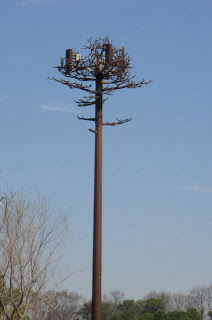Bare Root Trees Are Easier Than You Think
Planting bare root trees is a fun and economical way to have lush green trees on your property without the higher cost of purchasing established trees. Although it is not difficult to do, it is important to keep in mind some specific guidelines in order maximize your chances for success. By following these easy steps, you can turn your brown thumb into a green thumb in no time. Steps Carefully unpack the bare root tree from the container or material it came in. Be careful not to damage any of the roots during the unpacking process. Set the tree into a bucket filled with water. Allow the tree to soak for 4-6 hours prior to planting. This will allow the roots of the tree to soak up water and not dry out during the initial shock of planting. Dig a hole slightly larger than the diameter and depth of the tree and soil width. For example, if the tree roots and soil are 50 cm /19.6" wide, dig a hole 60 cm /23.6" wide to allow for maximum root spread. Check to be sure there ar



